Are EVs the New Pony Cars?
Modern electrified automobiles sometimes echo the 1960s pony cars in more ways than one.
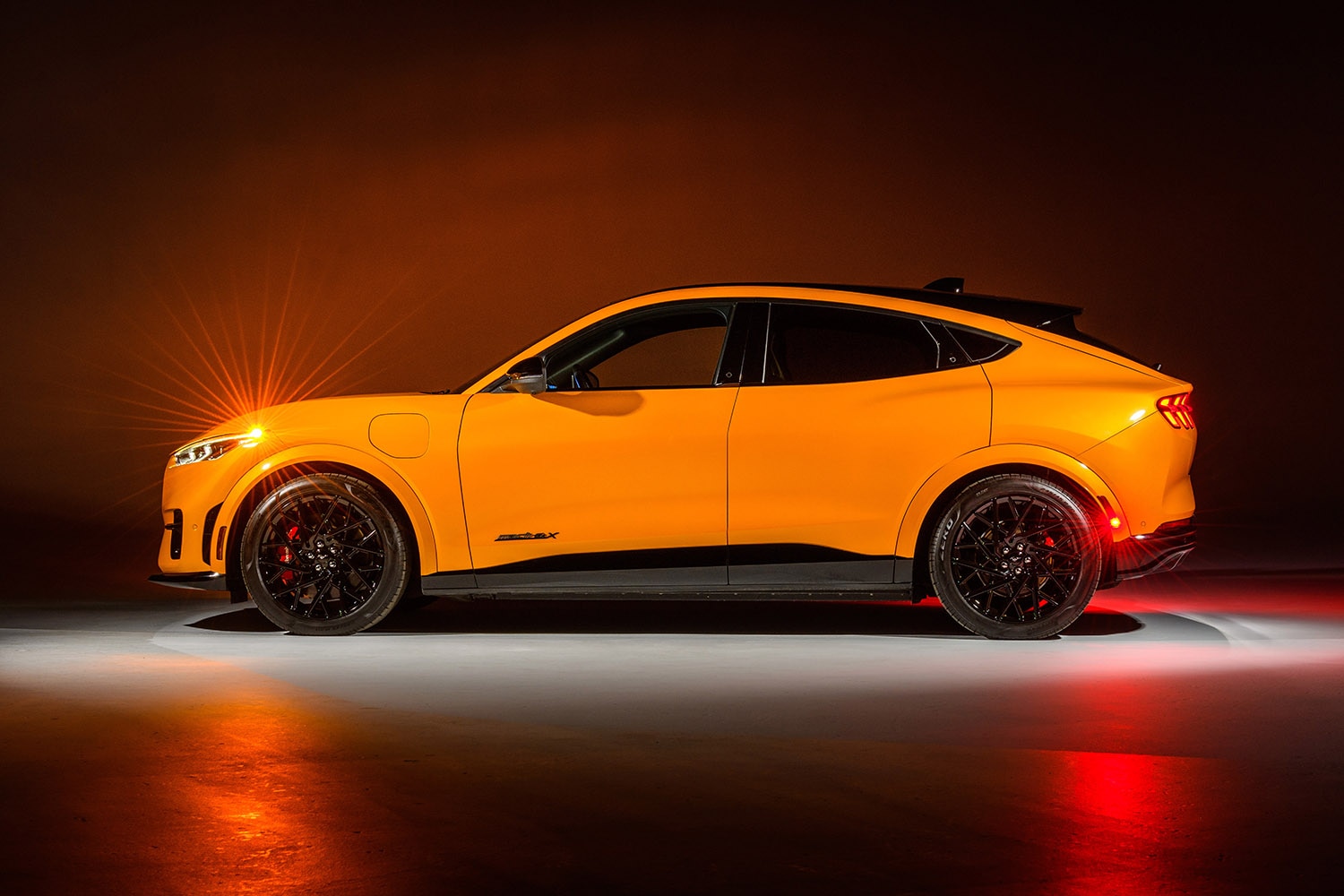 Ford
Ford
Article QuickTakes:
Automotive history can feel a little circular at times. Although today's electric vehicles would have been more science fiction than fact back in the 1960s, the way some EVs currently are marketed is reminiscent of that bygone era's pony car ads. In fact, there are a few surprising similarities between ultramodern electric vehicles and the gasoline-powered classics known as pony cars — from Ford's electrified Mustang to EVs that evoke a similar spirit without a storied nameplate.
 Ford
Ford
What Were the Original Pony Cars?
The term "pony cars" generally refers to performance-oriented but affordable American coupes and convertibles first sold about six decades ago. At the beginning of the swinging '60s, Detroit's Big Three automakers — Chrysler, Ford, and General Motors — were looking for a way to attract the growing baby boomer youth market. Released within weeks of each other in 1964, the Ford Falcon-based Mustang and the Plymouth Valiant-derived Barracuda helped open up a new market with their combination of sporty looks, affordability, and relatively compact size.
Both coupes offered frugal six-cylinder engines and available V8s. They also (perhaps more importantly) had styling that evoked pricier sports cars such as the Chevrolet Corvette and Jaguar E-Type.
Both vehicles also saw strong initial sales. The Mustang, for example, soared past 600,000 units in its first two years, eventually becoming an iconic and enduring badge for Ford. The Mustang's popularity — and its galloping pony emblem — helped give similar vehicles (including the Barracuda, Chevrolet Camaro, and Pontiac Firebird) the "pony car" segment nickname.
Pony car sales remained strong until the early 1970s, when U.S. Environmental Protection Agency pollution regulations and an energy crisis contributed to Detroit automakers downsizing their entry-level models. In some ways, this reflects today's regulatory environment — environmental concerns have played a significant role in pushing car companies toward EVs.
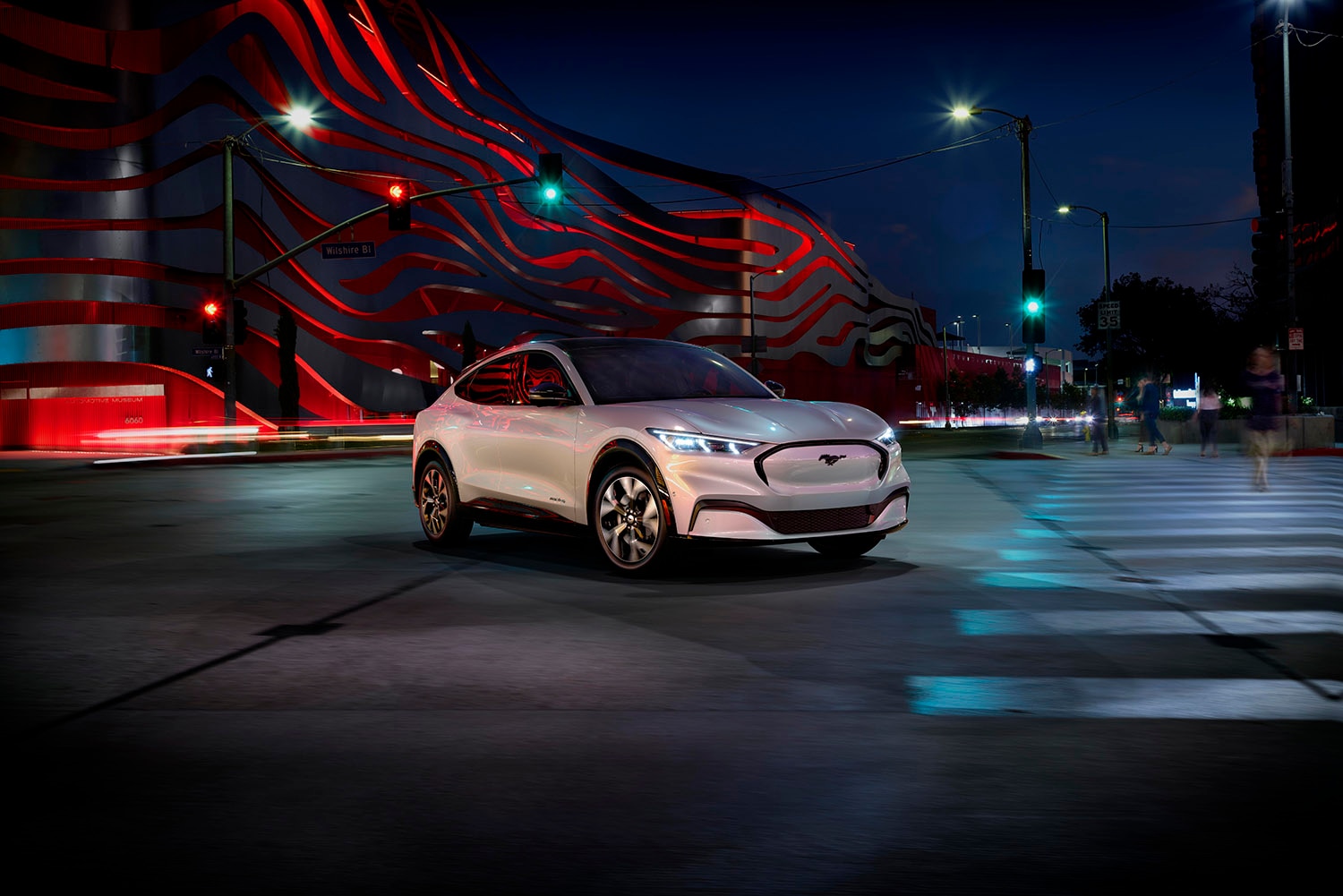 Ford
Ford
Can a Modern EV be a Pony Car?
In 2021, Ford introduced the Mustang Mach-E electric vehicle, offering customers an eco-friendly option under a popular and much-loved nameplate.
Although the Mach-E arrived as a four-door crossover (a body style the internal combustion engine Mustang never offered), Ford borrowed styling cues from the modern gas-engined Mustang coupe — and found a solid sales strategy. The Mustang Mach-E has seen steady sales growth over the last two years. Ford is among the top U.S. automakers in terms of EV sales, a position that's due in part to the Mach-E's success.
Similar to the marketing approach it took during the long-ago pony car years, Ford currently offers several different performance levels for its electric Mustang, ranging from modest to wild. The lineup is topped by the 480-hp Mustang Mach-E GT, which accelerates from 0 to 60 mph in 3.8 seconds.
Although its technology is decidedly different from that of its gas-powered 1960s counterpart, the Mach-E's general philosophy is similar: A vehicle can be both attainable and appealing. Ford 60 years ago worked to convince drivers that sensible and affordable cars didn't have to be boring — and the automaker today is working to convince contemporary drivers the same thing about EVs.
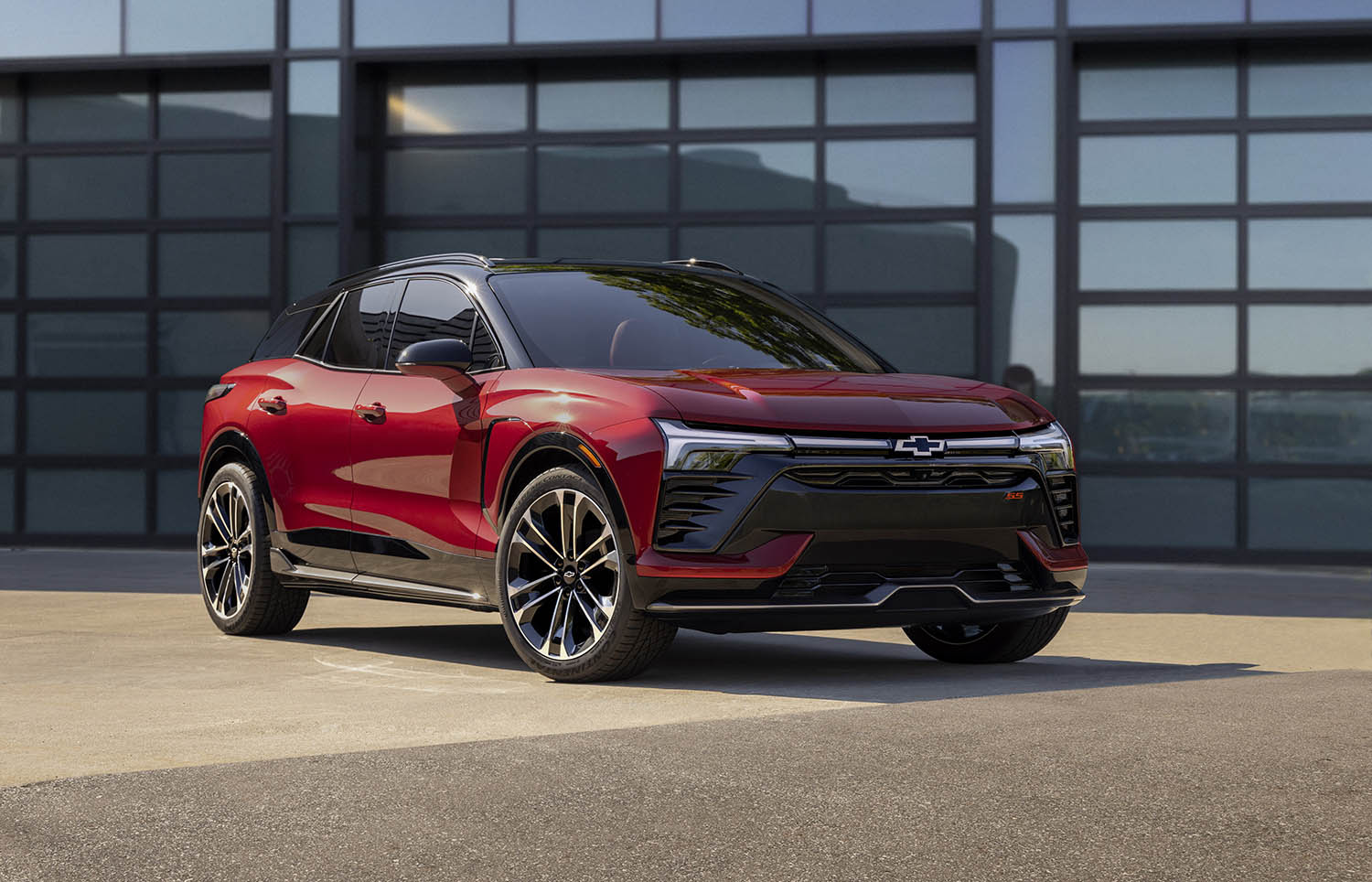 Chevrolet
Chevrolet
Are More Pony Car EVs on the Way?
Ford's Mustang Mach-E is likely to have competitors soon: General Motors' Chevrolet may bring its Camaro nameplate back as an EV. Chevrolet revived the Blazer badge using GM's EV platform and its Ultium batteries. And while the gas-powered Dodge Challenger will soon disappear from the new-car market, Dodge has already said it's planning a sporty EV based on the Charger Daytona SRT concept.
Each of these new EVs will be able to take advantage of the fact that a battery-only drivetrain can provide near-immediate power from its electric motors. There's also the styling freedom car designers have with EVs — they don't need to accommodate a gas engine, transmission, or fuel tank.
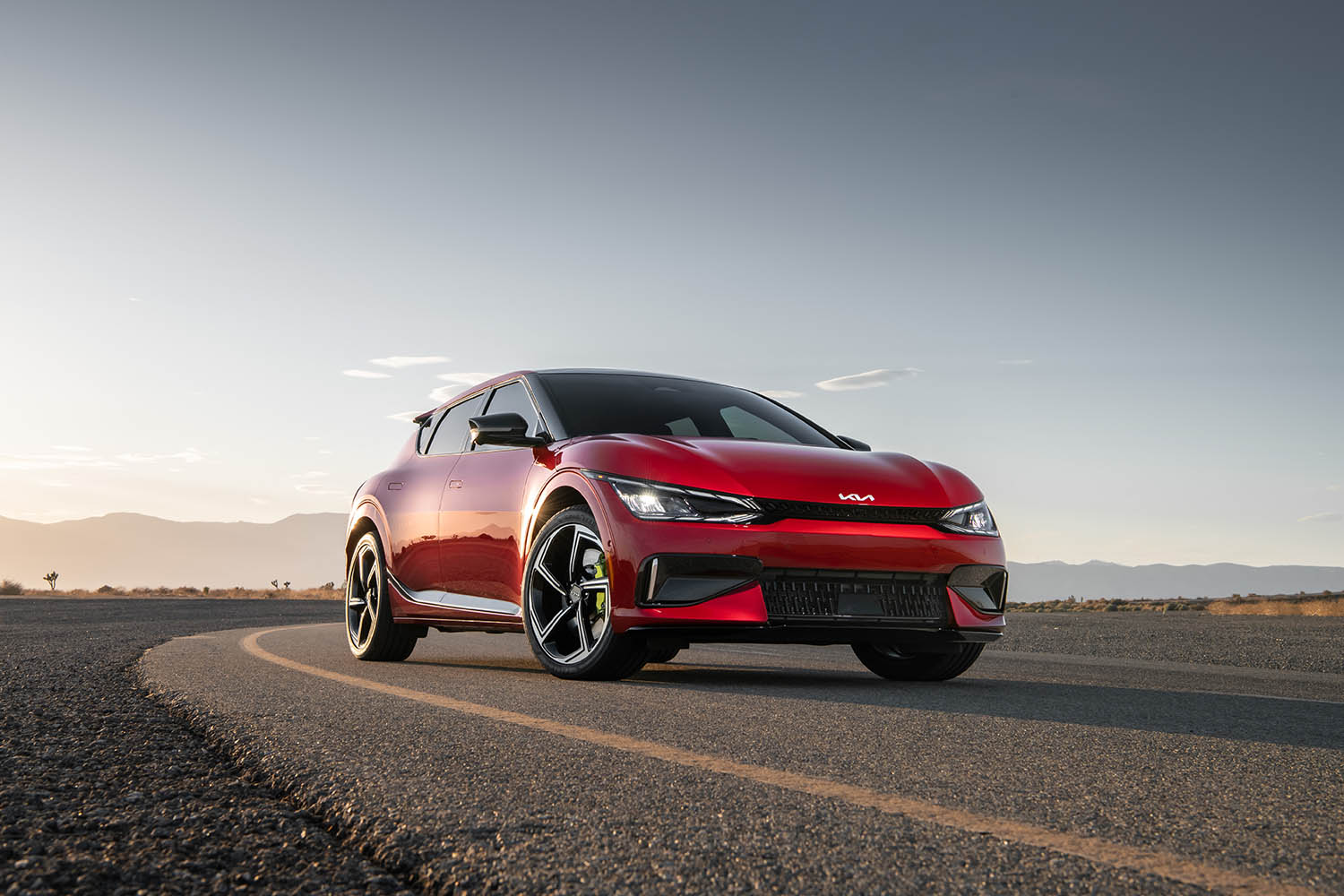 Kia
Kia
Are there EVs for sale right now that are similar to pony cars?
For as many potential pony car EVs as there may be in automakers' pipelines, you don't have to look to the future to find more electrified examples of the pony car spirit. Battery-electric vehicles such as the Hyundai Ioniq 5 and the Kia EV6 give drivers a choice between affordable models, plus the option of high-output performance editions.
Even the Tesla Model 3 sedan can be seen as sharing some pony car characteristics. The popular Tesla is powerful enough to keep speed-seeking drivers interested in the base trim (which gets from 0 to 60 in 5.8 seconds and can reach 140 mph) while offering an even higher level of performance for those who can spend a little more cash.
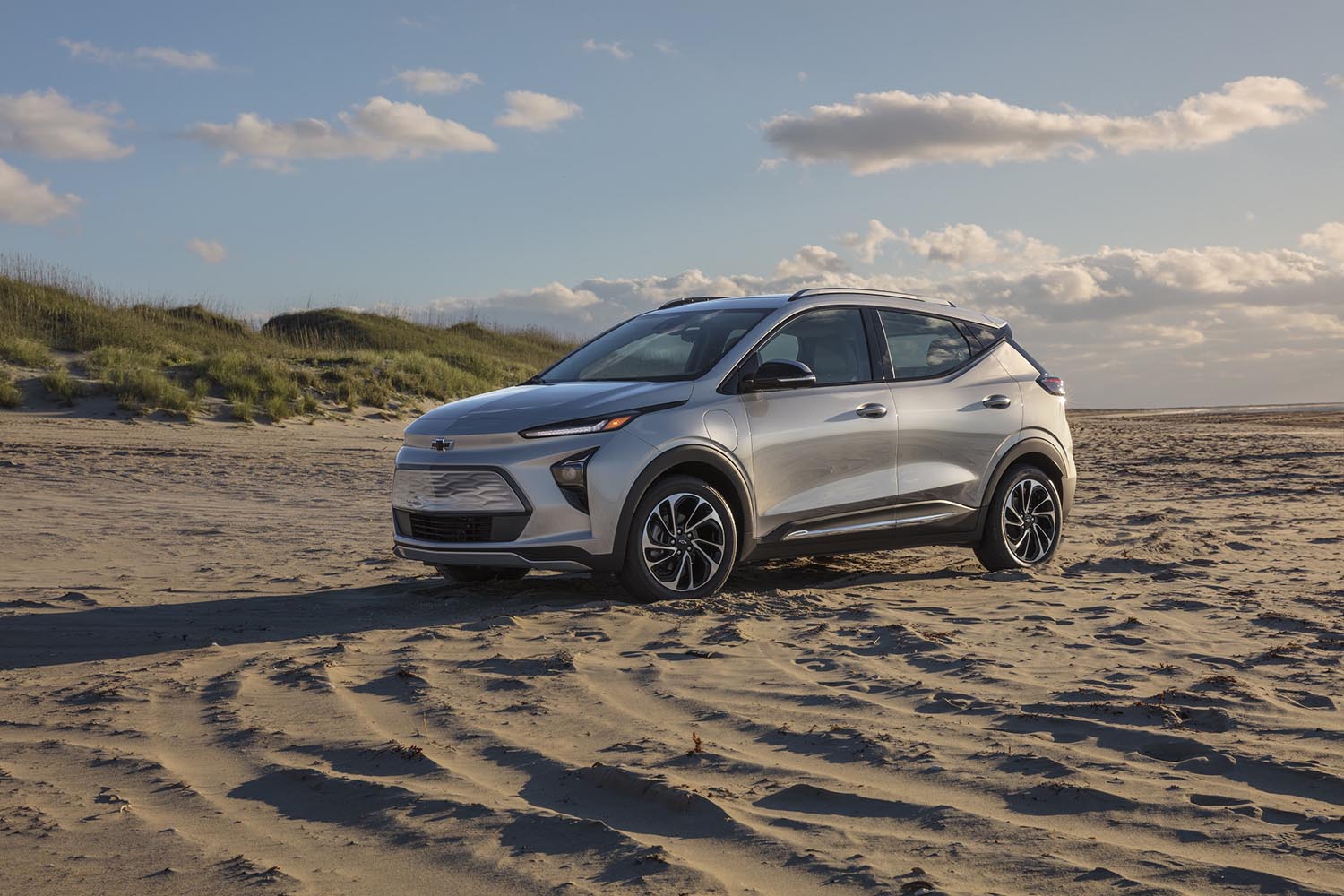 Chevrolet
Chevrolet
Can EV Pony Cars Remain Affordable?
One part of the EV story may end up diverging sharply from the historical pony car narrative, however. After the golden age of the muscle car, when pony cars returned to the market as smaller, more efficient automobiles (such as the Ford Mustang II and the Chevrolet Vega-based Monza coupe), they remained relatively affordable.
As the EV market evolves, affordable options may not be as easy to come by.
The Smart EQ Fortwo electric city car, which cost about $25,000, left the market after the 2019 model year. The Chevrolet Bolt and the Bolt EUV, two of the least expensive competitive-range EVs available, have been canceled for the end of this model year. The Nissan Leaf's sales are sliding downward. And as some electric cars and SUVs become larger and more powerful, their prices climb alongside their capabilities: The average cost of a new EV topped $60,000 in 2022.



